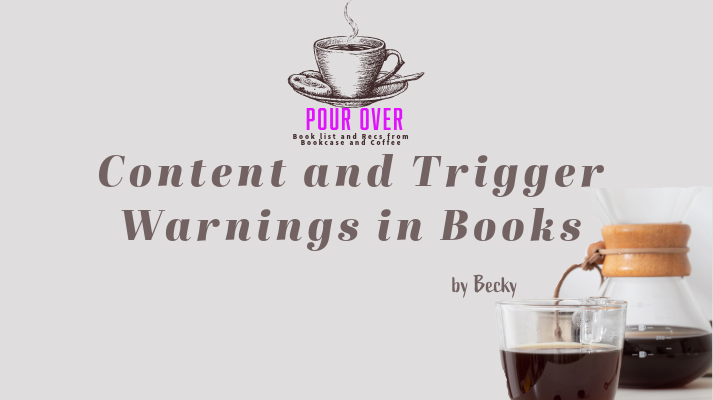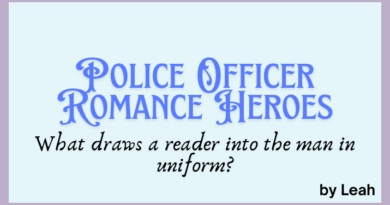Content and Trigger Warnings in Books
Navigating Content and Trigger Warnings in Books: What You Need to Know
In today’s diverse literary landscape, content and trigger warnings play a crucial role in helping readers navigate potentially sensitive or triggering material within books. Understanding the differences between these two types of warnings is essential for readers to make informed decisions about their reading choices and prioritize their emotional well-being. Let’s delve into the nuances of content and trigger warnings, their significance, and how they empower readers in their literary journeys.
Content Warning: Providing Insight into Book Content
A content warning serves as a preemptive alert to readers about potentially sensitive or mature themes present within a book. Unlike trigger warnings, which are more specific, content warnings offer a broader overview of the type of content that readers may encounter. These warnings typically include themes such as violence, sexual content, substance abuse, or strong language.
Content warnings aim to empower readers by giving them a general idea of what to expect, allowing them to make informed decisions based on their comfort levels. While they provide valuable insight into a book’s content, content warnings may not necessarily indicate that certain material could trigger intense emotional reactions. Instead, they serve as guidelines for readers to gauge whether a book aligns with their personal preferences and boundaries.
Trigger Warning: Navigating Trauma-Sensitive Content
In contrast to content warnings, trigger warnings are more targeted and focus on specific themes that could potentially trigger traumatic memories or emotional distress in some readers. These warnings highlight content related to sensitive topics such as sexual assault, self-harm, abuse, or other traumatic experiences.
The primary purpose of trigger warnings is to provide readers who have experienced trauma with the opportunity to prepare themselves emotionally or opt-out of engaging with the material altogether. By acknowledging the potential impact of certain content on individuals’ mental health and well-being, trigger warnings empower readers to make choices that prioritize their emotional safety.
Empowering Readers in Their Literary Journeys
Both content and trigger warnings serve as valuable tools for readers to navigate the vast array of books available to them. By providing insight into a book’s content and potential triggers, these warnings empower readers to make informed decisions that align with their emotional well-being.
As we continue to explore the importance of content and trigger warnings in literature, it’s essential to recognize their role in fostering a more inclusive and supportive reading environment. Join us next week as we delve deeper into trigger warnings and their significance in addressing sensitive topics within books.
In conclusion, understanding the distinction between content and trigger warnings allows readers to navigate their literary journeys with confidence, ensuring that their reading experiences are both enriching and emotionally safe.



